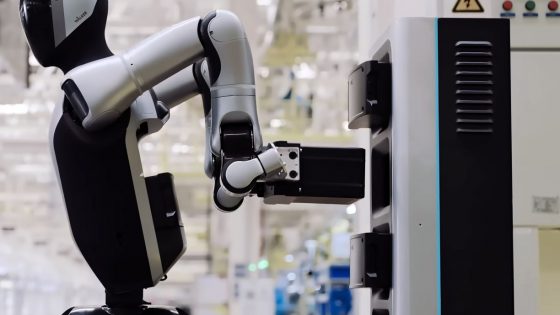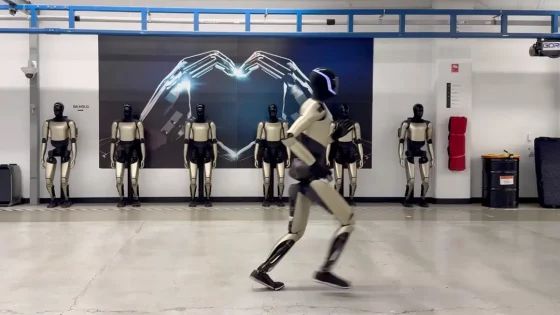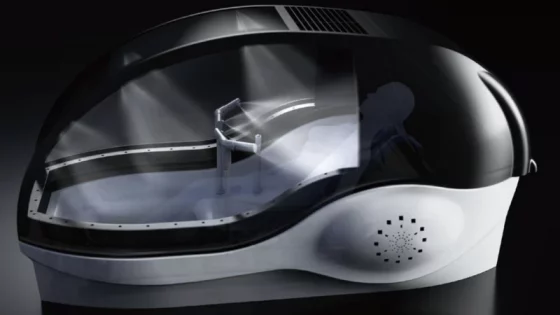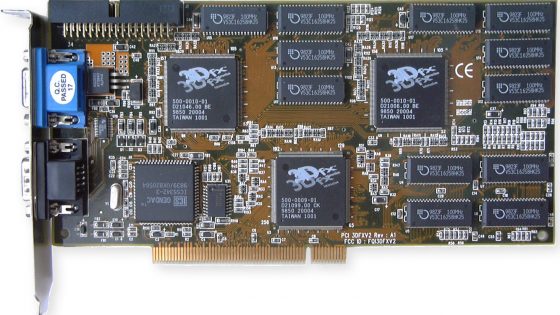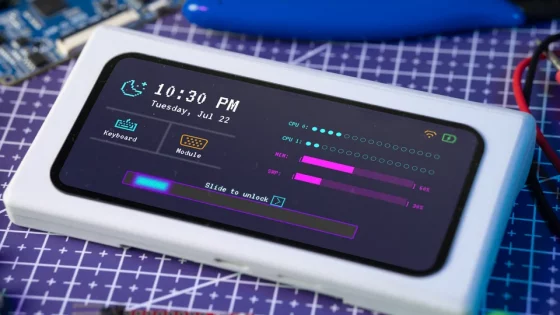Light as the key to the future of memory?
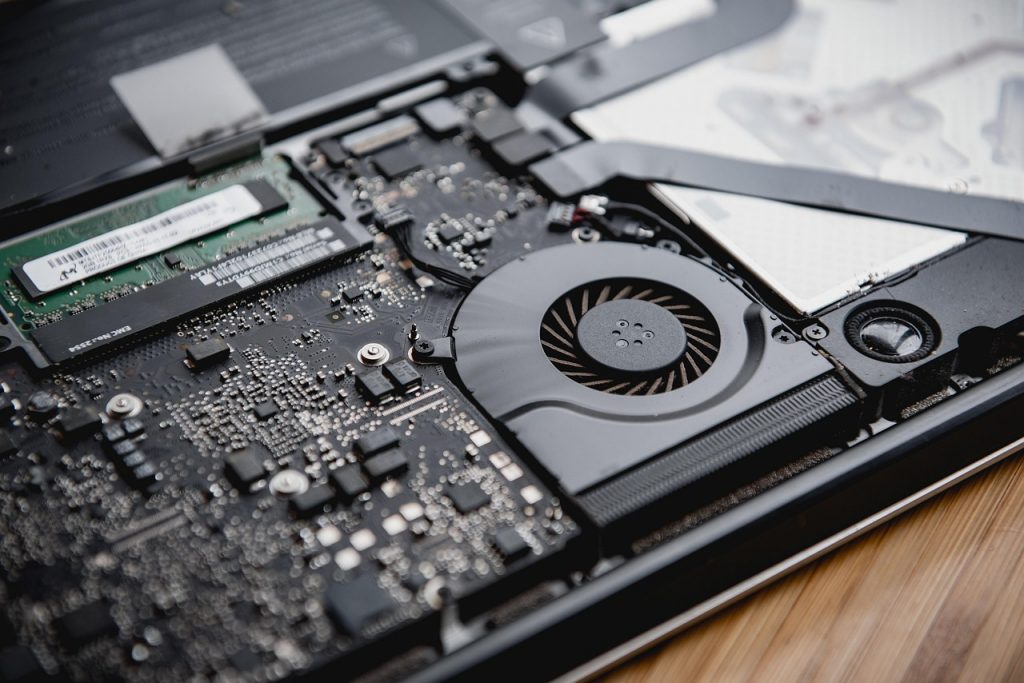
Every computer needs system memory. This is actually random access memory for temporarily storing operating system data. Speed is key, as the system is constantly accessing data. One of the most advanced forms of system memory is magnetoresistive random access memory (MRAM), which is extremely fast and non-volatile. It retains data even when the power is turned off.
Scientists at the Hebrew University of Jerusalem have discovered a completely new way in which a laser beam can control the magnetic state of solids. The discovery, published in the journal Physical Review Research, represents a breakthrough in understanding the interaction between light and magnetic materials.
"This discovery has great potential for the development of optically controlled magnetoresistive system memory that will be extremely fast and energy-efficient," said Amir Capua, head of the Spintronics Laboratory. Spintronics, which combines electron spin and electronics, is the basis of magnetoresistive system memory, where data is stored via magnetization.
Researchers have discovered that rapidly oscillating light waves can control magnets. They have used a new equation to describe the strength of the interaction, the amplitude of the light's magnetic field, the frequency, and the energy absorption of the magnetic material.
Although the connection between light and magnetism is well-known in quantum physics, it is rarely used in spintronics. The new insights could enable the development of dense, affordable, and energy-efficient optical storage devices, even ones that don't yet exist.



